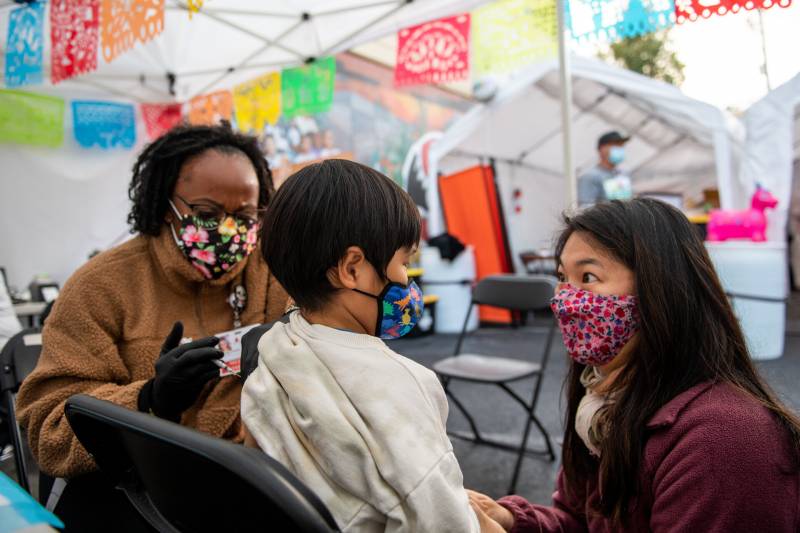I think that wherever you are, whether you’re in San Francisco or in Morocco, being in a crowded indoor space where there’s a lot of virus around, you should wear a good mask. When you can eat outside rather than inside, you should. Traveling is not the main risk. It really is how much virus there is in the community. And there’s really no place you can go where you can’t keep yourself safe if you’re vaccinated, boosted and are careful when you’re in crowded indoor spaces.
How safe is swimming in an outdoor public pool?
Dr. Wachter: I’m pretty sure it’s totally safe. I’ve not heard of a case transmitted that way, and I wouldn’t worry about that at all.
Is outdoor transmissibility more of a concern with BA.5?
Dr. Maldonado: No question. We know that with what we call the immediate reproductive number — the ability to infect others — the original virus was probably around the order of 1 to 2. This virus, the BA.4 and BA.5, is at a rate of about 3 to 4. So this virus can really infect almost twice as many people as the original virus did. And it’s not only more transmissible, but also can escape prior immunity. So I do think that it could be acquired at a farmers market if you’re around a lot of people.
Why do some people seem good at being able to avoid getting COVID, even after multiple exposures?
Dr. Wachter: It’s probably some combination of your immune system, things we don’t understand, and luck. The household attack rate — that is, the chances you’ll get COVID if a member of your household has it — is probably 30% to 40%, maybe a little higher now with the more infectious variant.
So, people sometimes believe, “I must have some immunity superpower because my partner had it and I didn’t get it.” That’s just the way it goes. And there’s a level of randomness that we don’t understand. But there’s also probably something about individual immune systems that make a difference.
I’ve been fairly careful, but my wife had it three months ago. I was exposed to her for a full day before we knew that she had it. And I managed to dodge the bullet. So I’ve never been prouder of my immune system, but I assume most of that was luck. And if I had enough exposures like that, eventually I would get it.
On risk for seniors
Given how dangerous loneliness can be for elderly people, should retirement communities and nursing homes still continue to shut down communal dining and other activities when new COVID cases are reported?
Dr. Wachter: I spoke last night at a multilevel retirement community in San Francisco that has seen a fair amount of COVID, but where not many people have gotten very sick. And they’ve kept the communal dining open.
The point I made is that life is short and we have to try to figure out what’s the balance between the things that we do that give us pleasure and prevent isolation in settings like that, and the risk. And I said, you are taking a risk, particularly with this virus being so prevalent. If you’re in a restaurant with a hundred people, it’s a near guarantee that someone there has COVID, and feels fine. On the other hand, you then have to weigh the risk of isolation for what may be, you know, several months, who knows?



